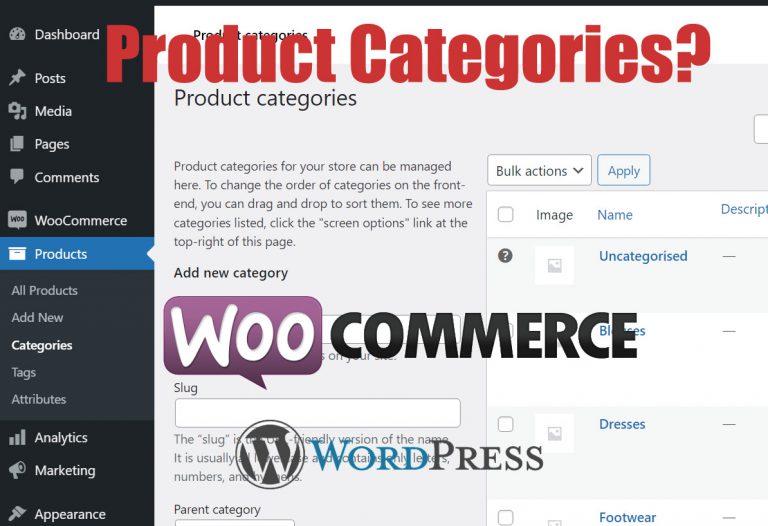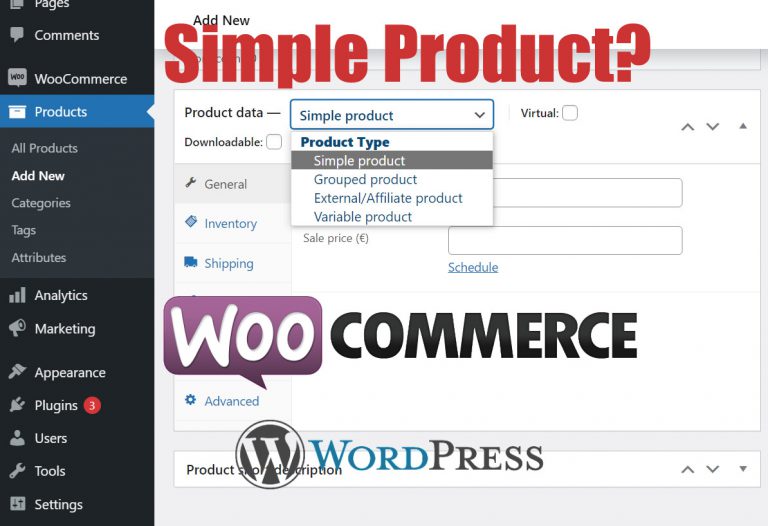Search Friendly Website Design Checklist
Building a good search friendly website today may appear easy. However it’s a potential minefield with a myriad of pitfalls and informed choices to be made. Lets go over some of the key areas.
Simple Unique Content
A critical component of creating such a website is to develop simple, unique content that resonates with your target audience.
Keywords: Use relevant keywords and phrases carefully in your content to help the search engines understand what your site is all about. Be sure to use the keywords naturally throughout your content and avoid keyword over-use or stuffing as its termed.
Don’t Spam: Avoid using spammy tactics, such as overusing keywords, to try and boost your rankings. Not only is this detrimental to your website’s search rank, but it can greatly also hurt your website’s credibility with your audience.
Clear Message: Make sure that your website is sending a clear message and that your content is easy to read and understand. This will help both search engines and your audience understand what your website is about.
Never Copy n Paste: Avoid copying content from other websites, as this can lead to duplicate content issues that can hurt your search engine rankings. Instead, create original and engaging content that provides value to your audience.
Mobile Friendly Design
More and more people are using their mobile phones to browse the net. This makes having a mobile-friendly website design critical for both search engine rankings and user experience.
Mobile First: With Google’s mobile-first index, having a mobile-friendly website is essential for ranking in search results.
Touch Friendly Navigation and Links: Ensure that your website’s navigation and links are easy to use and click on mobile devices. Make sure they are large enough to be clicked with a finger and not too close together.
Readability & Font Size: Make sure your website’s text is easy to read on a small screen by using appropriate font sizes and spacing 14-16 is often best.
Be Careful With e-Commerce: If your website has an e-commerce online shop, test it on your mobile to be sure that it is mobile-friendly and usable. Key areas are responsive design, simple checkout process, and easy-to-use product pages. Re-sizing pages and side scrolling are absolute no-no’s.
Build for Speed
Having a fast website improves your visitors experience but also plays a significant role in search engine rankings.
Minimise Bloat: Remove unnecessary code, plugins, and files that slow down your site.
Optimise Scripts & CSS: Minimise the use of internal and external scripts and CSS files to help improve page load times.
Optimise Images: Optimise images for the web by compressing them and reducing their file size. Use new WEBM images where possible
Don’t Overuse Fonts: Avoid using too many fonts on your website as this has the potential to slow down your website’s loading time.
Useful Tools: Use free online tools, such as Pingdom and Google Page Speed, to evaluate your website’s loading speed and identify areas for improvement.
Tags and Data
In addition to website’s content and visual design, it’s vital to pay attention to some key tags and microdata elements.
Page Titles: Use descriptive and concise page titles that include relevant keywords.
Meta Descriptions: Create descriptive meta descriptions for each page on your website that accurately describes the content on the page. WordPress and other CMS systems make this easy.
Microdata: Use structured data markup to help search engines understand the content and structure of your website. Not only does it give a clear picture to the search engines it can trigger the use of images from your site in product searches on the likes of Google.
Security and Duplicates
Duplicate content: Be careful with duplicate pages and content on your site. This can harm your marketing and SEO efforts, ensure all content is unique use canonical tags where appropriate.
Use HTTPS: Use an SSL Cert to improve website security. This help boost your sites search engine rankings. Using HTTPS instead of HTTP ensures that the connection between your visitors browser and your web server is encrypted.
Sitemaps: Sitemaps are just what they sound like a map of your website. Make sure you have a working sitemap that is accessible to the search engines making it easy to find new content and orphaned pages.







